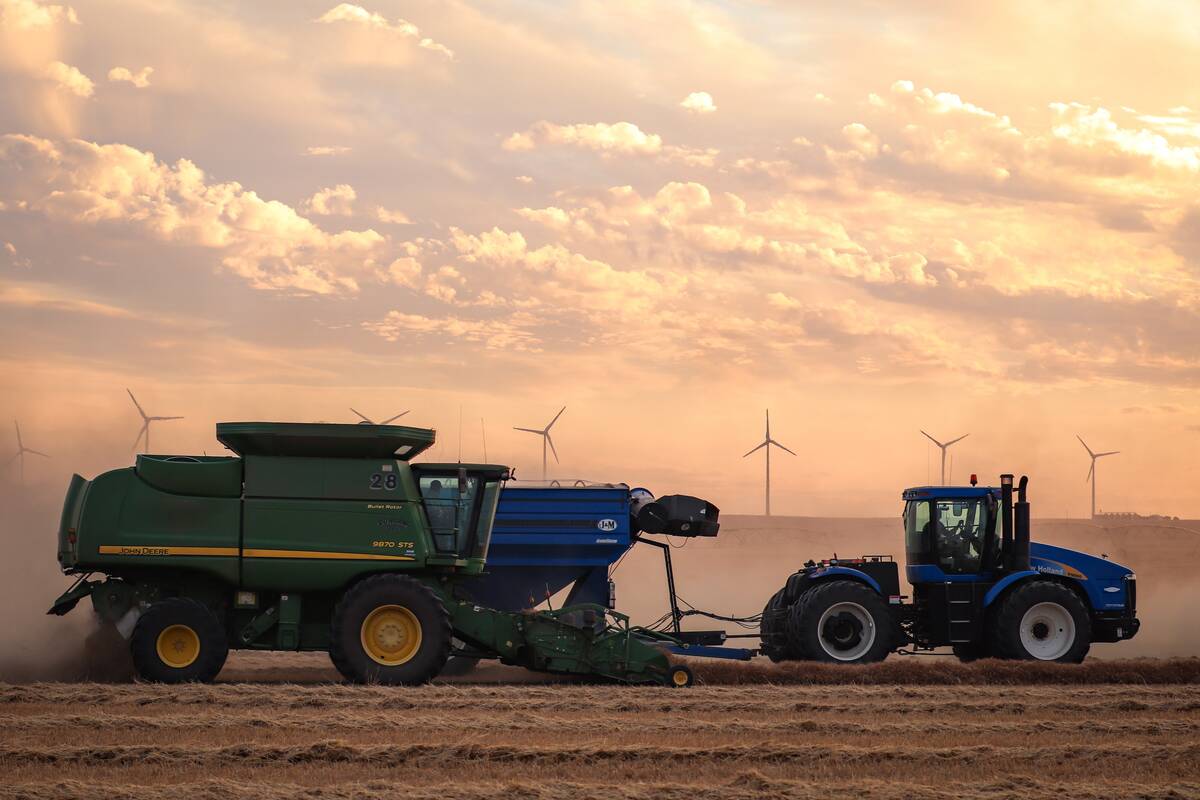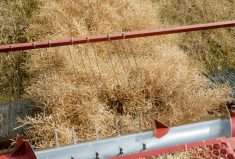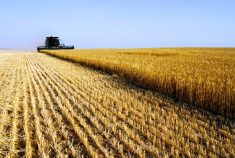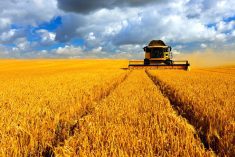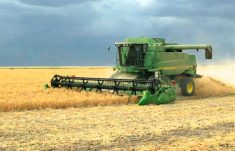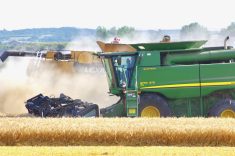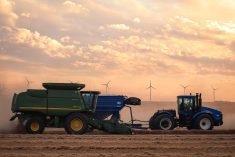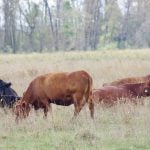Glacier FarmMedia — Harvest operations are underway in Manitoba, according to the latest provincial crop report as of Aug. 12 noting that winter cereals and early spring grains and field peas were starting to come off the fields.
Spring cereals ranged from soft to hard dough stage and pre-harvest applications continued as appropriate stages were reached, said Manitoba Agriculture. Cereals were farthest along in the central region, where spring wheat and barley were being harvested. The latest seeded corn is tasseling, while the majority ranges from R1 to blister stage.
Read Also
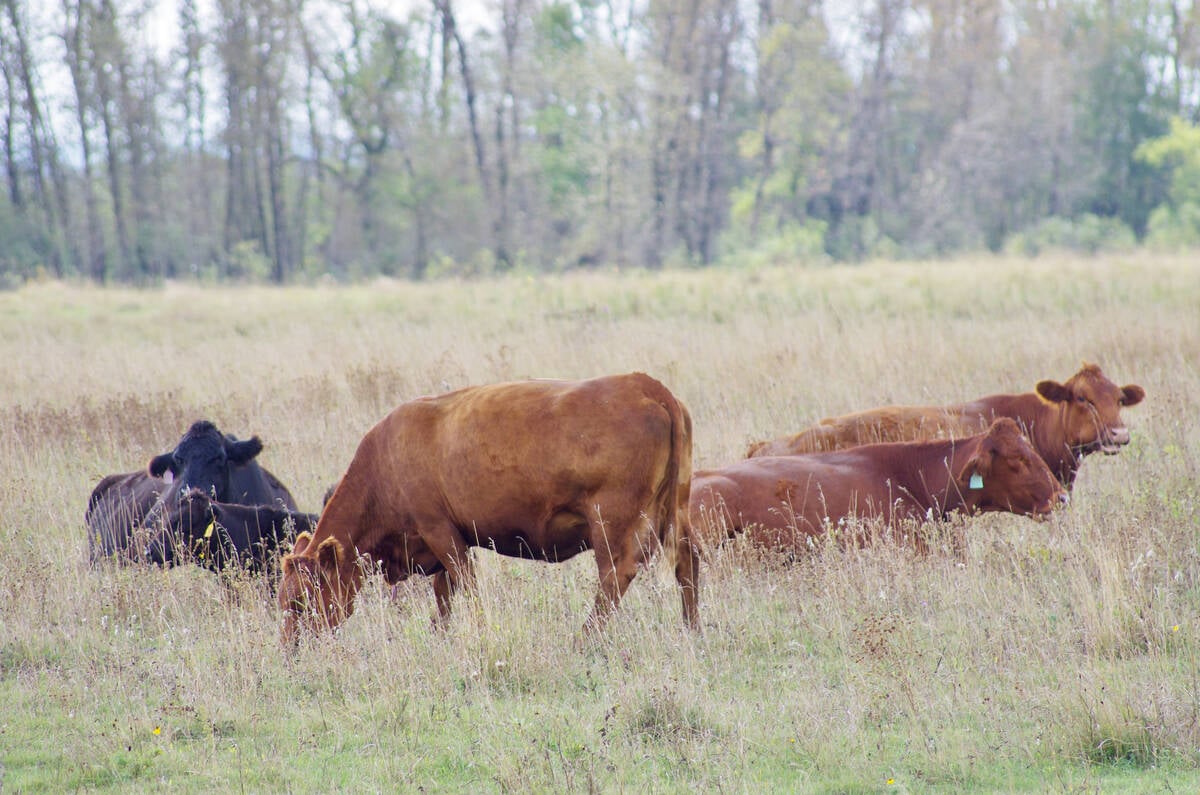
U.S. livestock: Chicago cattle futures climb on post-Thanksgiving trade
Chicago | Reuters – Chicago Mercantile Exchange’s live and feeder cattle futures ticked up on Friday in a day of…
Canola growth stages were wide ranging due to a long seeding window. Late seeded canola was just finished flowering, while the earliest seeded fields were fully podded and at approximately 30 per cent seed colour change. Swathing started in canola in the central region. For the other oilseeds, flax was moving out of the flowering stage with bolls turning colour in the earliest fields. Sunflowers are flowering, the majority are in the R5 stage.
For pulses, field peas were in the R6 to R7 stage with desiccations underway and the harvest started in early seeded fields. Most soybeans were in the R4 to R5 stage.
Most areas received much needed rain during the week. Pastures have started to green up and which will help in extending grazing time in most areas. However, the rain affected some hay and greenfeed that has been cut and not baled. The hot and humid conditions also made it difficult for crops to dry down and subsequent rain made it worse, said the report.
Overall hay production was average. Some producers have lots of hay and will have second cuts, and others were below average and looking at grazing hayfields.

